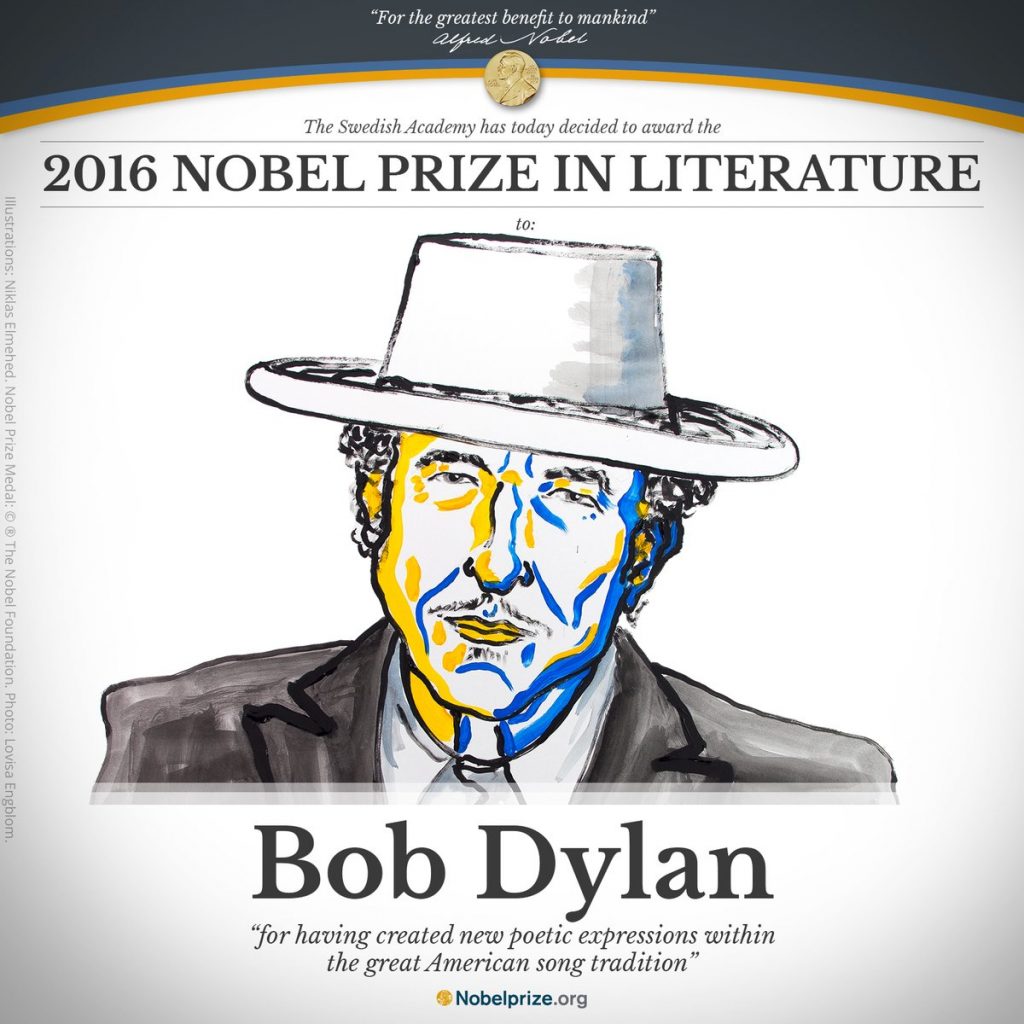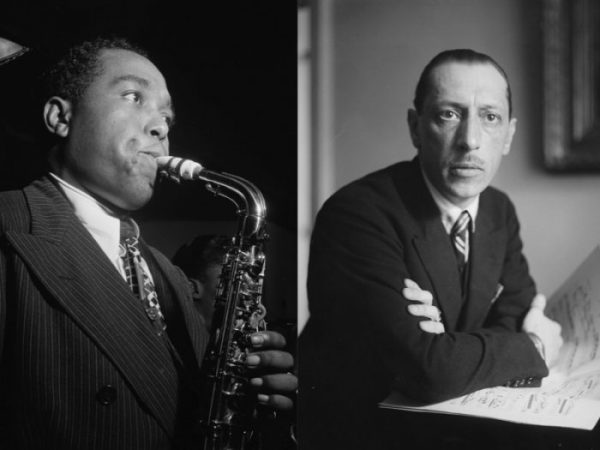Those who know the work of Igor Stravinsky will be familiar with the reception the Russian composer’s The Rite of Spring received during its first performance in Paris in 1913. The typical description for what happened is that the ballet caused a “riot,” though given our usual associations with that word, it hardly seems like the appropriate term. As The Telegraph’s Ivan Hewett notes, the responses, though bemused and irate, were genteel by most standards of civil unrest. But there was violence and the threat of violence.
According to a member of the orchestra, “many a gentleman’s shiny top hat or soft fedora was ignominiously pulled down by an opponent over his eyes and ears, and canes were brandished like menacing implements of combat all over the theatre.” What could cause such a scandal? Hearing the piece, above, it’s perhaps not obvious why “people started to whisper and joke almost immediately.” Both Stravinsky and Russian ballet impresario Sergei Diaghilev sought to provoke the audience, but both were taken aback by the vehemence of the reactions. As audience members began to shout, “I left the hall in a rage,” Stravinsky later wrote. “I have never again been that angry.”
Of course, the music alone, without Vaslav Nijinsky’s choreography, only gives us half the story. Onstage, writes Hewitt, “there’s no sign that any of the creatures in the Rite of Spring has a soul, and there’s certainly no sense of a recognizable human culture. The dancers are like automata.” And yet, Stravinsky seems to have intended his music to alienate listeners as well: “there are simply no regions for soul-searching,” he said, “in The Rite of Spring.” It’s a comment that succinctly sums up the composer’s iconoclasm and defiance of sacred musical norms.
Stravinsky’s first ballet, 1910’s The Firebird, followed Debussy in recuperating the so-called “Devil’s Interval,” a tonal figure avoided for hundreds of years in religious music for its sinister sound. But The Firebird’s exotic beauty charmed audiences, as did his next ballet Petrushka. And despite the Rite of Spring controversy, many of Stravinsky’s symphonies are quite traditional next to the avant-gardism of his peers. His tendencies of “regression and restauration,” writes classical site CMUSE, “an amalgam of the archaic and the modern,” caused Theodor Adorno to describe Stravinsky as schizophrenic in Philosophy of Modern Music.
Unlike his modernist rival Arnold Schoenberg, Stravinsky is “in the same category as T.S. Eliot, as both were well-versed in literary/musical tradition and well aware of the current avant-garde movements, but maintained quite a conservative approach to novelty.” Stravinsky’s conservative modernism had a profound effect on another form of 20th century music that looked both backward and forward: jazz. Artists like Charlie Parker paid tribute to him, and the composer very much appreciated it. “This cat,” said Parker, “he’s kind of cool, you know.”
In the chronological playlist above from Ulysses Classical, hear the early symphonies and sonatas that inspired Diaghilev to hire him as the Ballets Russes first composer, and many of the ballets that enraged the Parisian elite, delighted Charlie Parker, and repelled Adorno. And find out why, as CMUSE argues, Stravinsky may be “the greatest composer of the 20th century.”
The playlist runs 32 hours. If you need Spotify’s software, download it here.
Related Content:
The Night When Charlie Parker Played for Igor Stravinsky (1951)
Stravinsky’s “Illegal” Arrangement of “The Star Spangled Banner” (1944)
Josh Jones is a writer and musician based in Durham, NC. Follow him at @jdmagness



